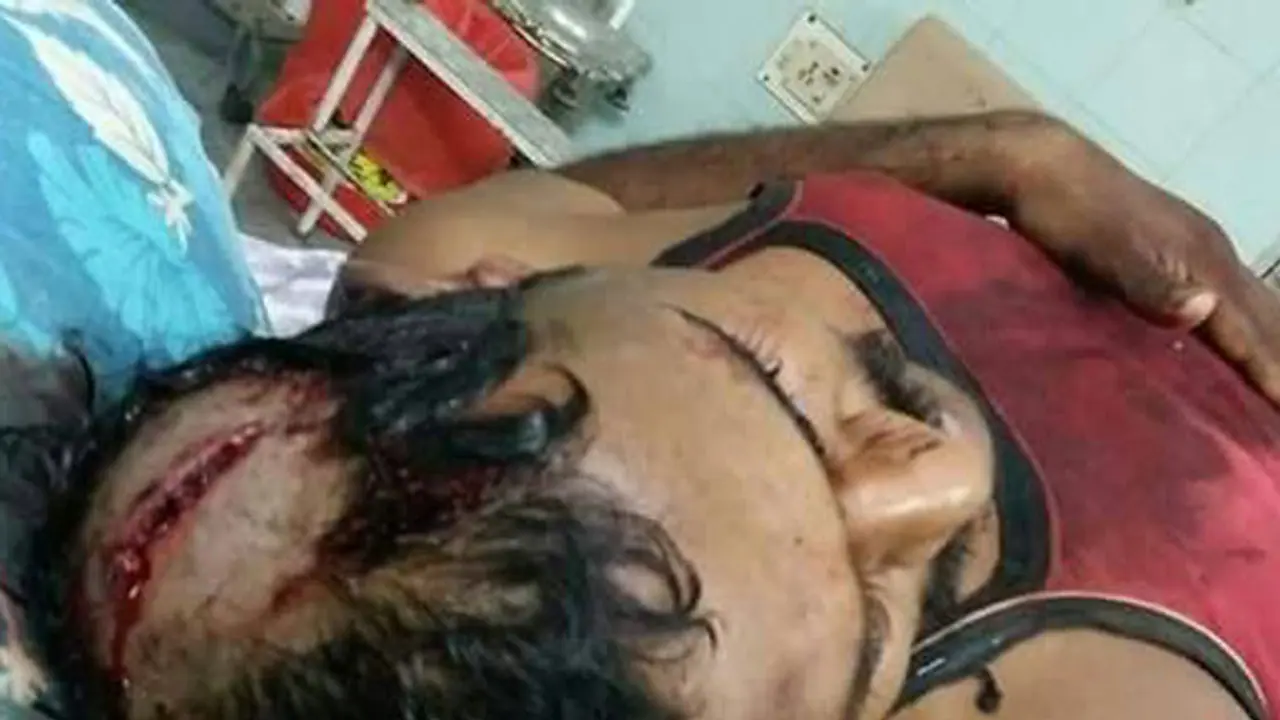Reporter assaulted by sand mafia for covering nexus in Andhra Pradesh Sand mafia is increasingly becoming a menace all over India
There has been a recent news update on miscreants entering the house of a journalist and beating him for his coverage of illegal sand mining in Andhra Pradesh. A resident of Pittala Vemavaram village in Peravali mandal, the miscreants knocked at his door on Wednesday midnight and started threatening him over the stories he had filed. As they were speaking to reporter Nallamilli Rama Reddy, he noticed that they were carrying iron rods.

Feeling threatened, he videographed their faces and called the police who promise immediate help. However, by that time, he was severely beaten on the head and his aged mother Varalakshmi was also attacked. Rama Reddy had sustained injuries on his head and legs. The miscreants had broken the street lights before entering his house to hide their identity. Rama was rushed to the hospital by his neighbours who rushed to the spot on hearing his mother wailing. Endowments Minister Manikyala Rao visited him in the hospital as journalists across the district staged protests for justice.
While this is just a one-off incident related to illegal sand mining in Andhra, there are many more in India that has claimed the lives and jobs of many.
Extensive illegal mining is prevalent in the states of Andhra Pradesh, especially in the districts of Guntur, Srikakulam, Krishna and East Godavari. It is reported that an estimated 2,000 trucks of sand are transported to Hyderabad everyday. Despite strict mining policies in Andhra, the situation continues to worsen. Under the Andhra Pradesh Water, Land and Tree Act (APWLTA) 2002, instream mining is only allowed if the thickness of sand is above eight meters. However, it is strictly banned for sand with thickness below two meters. Mining near structures like dams, bridges etc is also prohibited. In fact, in 2006, the government had also prohibited heavy machinery, allowing only bullocks and men.
The mining mafia in Andhra is still passive, as compared to the nexus functioning in Karnataka. The recent attack on two senior IPS officers when they raided an illegal sand extraction unit in the neighbouring Udupi district is an eye opener. The women escaped and lodged a complaint to the police stating that the illegal sand miners attacked them and their team during the raid. Following this, the police nabbed 14 people related to the case. The death of IAS officer, DK Ravi, continues to be a mystery. While people still think, he committed suicide because of personal reasons, there are evidences to believe that the sand mafia was involved in his death. The IAS officer, during his lifetime, tried his best to stop illegal mining in Kolar district of Karnataka and brought to the fore the power of the sand mining lobby in the country.
Telangana and Kerala too are considered to be high on illegal land mining. Although considered less notorious than their southern counterparts, these areas were becoming popular among sand mafia because of corruption and availability of multiple sources of sand mining. However, experts believe that the supply will soon dry out in these areas because of dried-up rivers beds and awareness among villagers.
Haryana, Uttar Pradesh, Madhya Pradesh and Uttarakhand score even higher when it comes to sand mafia and its links with the top bureaucracy. The controversy surrounding IAS officer Durga Shakti Nagpal is a case in point. After exposing the sand mafia racket and the government's direct links with it, she became a victim of the system herself. She was suspended from office on a different "racial" charge and so was her IAS husband.
